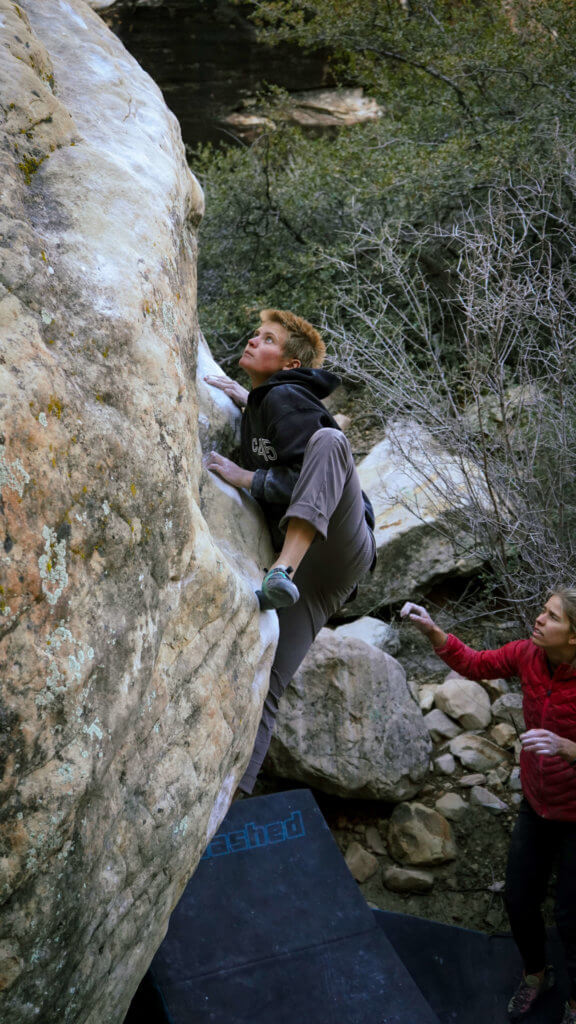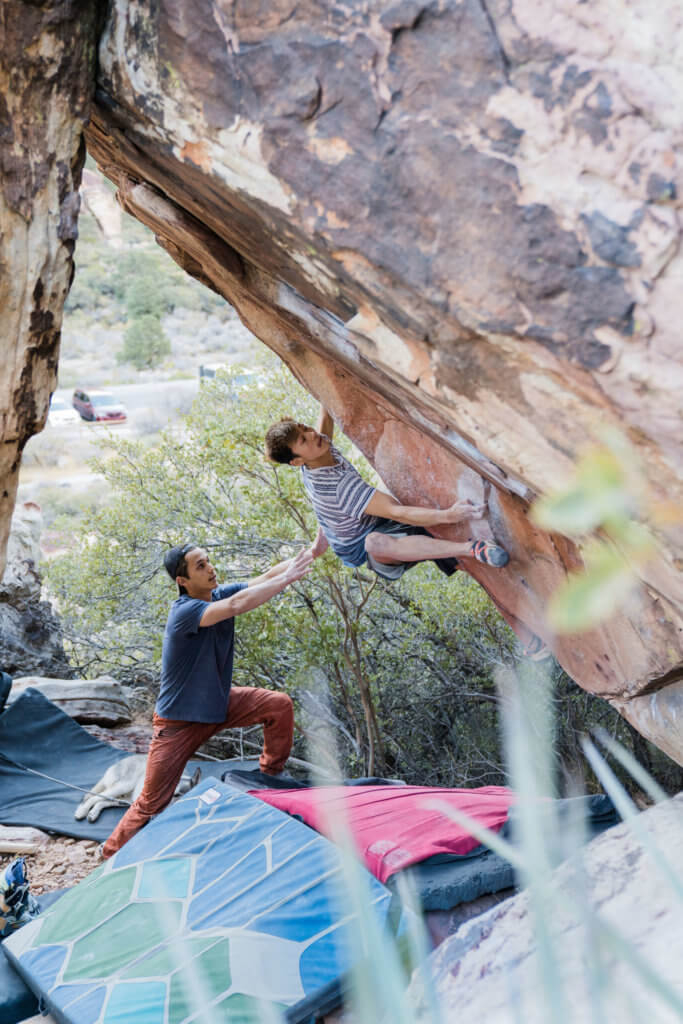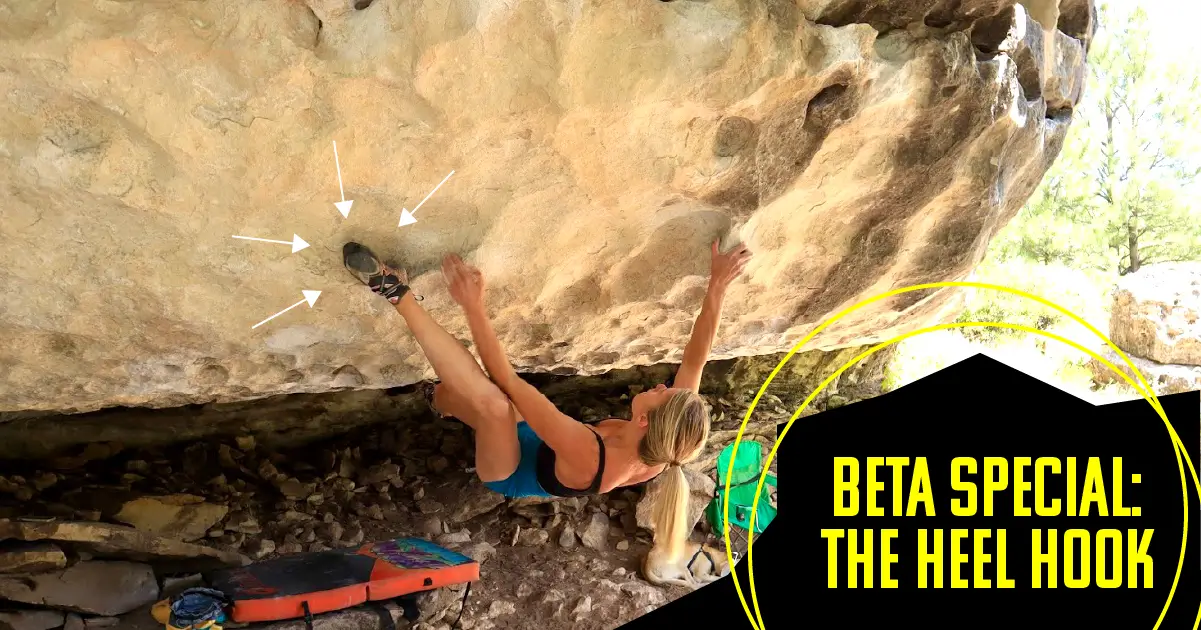The heel hook is one of the most potent technical climbing moves. It’s a move that can be used in both sport and bouldering, and it’s an incredibly effective way to get up steep walls. In this article, we’ll talk about how to heel hook – what it is, when to use it, body position for executing the move successfully, types of shoes you should wear when performing the climbing technique, and more!
What is a heel hook?
The heel hook is one of the most popular and most used climbing techniques. In a heel hook, you place the heel of your foot directly on the foothold. Your toes can be pointing up, or your foot can be parallel to the ground. Often, you use your heel to lever yourself over your hip. This vital position can be used to get yourself up the wall.
When to use a heel hook?
You should know when and how to execute this climbing technique for it to work effectively. You can use the heel hook in pretty much every situation where you need it. This move is advantageous when you’re climbing on overhanging and steep walls. They can also be used on aretes to balance and advance your hands and on lip traverses to keep progressing. They are also a staple move when attempting to mantle.
Heel hooks are also significant resting positions as they take the weight off of your hands. So if you are on a long sport climb, finding a solid heel hook is a great way to regain power.
In the beginning, you will mostly find heel hooks on big open holds with plenty of space for your foot. But as you advance, you can find hooks on even the smallest crimps. Keep practicing!
Technique
There are multiple ways to perform a heel hook, varying in difficulty and potential for injury. The most basic and safest is when your heel is on a big hold, the toe and bottom of your foot facing away from you and towards the ground, using your other foot to press and lever yourself over your hip and heel hook.
Another heel hook is when your foot is high, sometimes shoulder height, your foot is sideways with the bottom of your foot facing the wall, and you are levering upward and over your hip while pressing your knee down. This position gives you lots of power to move up but can be dangerous for your knee. Make sure to warm up properly!
Another way to use a heel hook is to place your foot with your toe pointing down and draw your hips closer to the wall. This can allow you to move slower and with more control to grab more difficult holds or to extend your reach.
The placement of your other foot plays a significant role in the success of the heel hook. Sometimes, you will flag your other foot behind the heel hook, but often, you will plant your non-heel hook foot straight below you and use it to press.
One more way is by using just the back of your heel; this is advantageous when climbing an arete or compression boulder, as your foot matches the heel, allowing you to advance your hand upward.
A sneaky way to make your heel feel even better is to tuck the toe under another hold while your heel is in position. This heel-toe cam can give you more leverage and help the foot stay in place.
All of these options are active movements; if you find your heel “popping” off, you may need to focus more on pushing down through the heel or keeping an active rotation on your heel or knee.
Strength & Flexibility
Hamstring and glute strength are very important for performing this move. You can work on these strengths by using an exercise ball. Lay on your back with your heel on top of the ball. Raise your lower back and butt off the ground, and pull the ball towards you with your heel.
Make sure to stretch those hammies because it is easy to injure your hamstring on strenuous heel hooks.
Types of shoes to wear?
If you are going after a heel hook, your shoes will be a factor in whether or not it works. You want an aggressive fit around the heel and midfoot that locks into position nicely when placing the heel on the hold. Shoes that cinch down work best. You don’t want your shoe popping off mid-hook!


Conclusion
A heel hook is a powerful tool to have in your climbing arsenal. Heel hooks are great for sending routes and are sometimes used strategically on lead climbs when you want to rest before pressing up higher.
The foot placement of the non-heel hook foot is essential. Try out different angles but always ensure it’s planted securely with power.
Want to learn more about climbing technique? Check out our blog on the Dyno!


